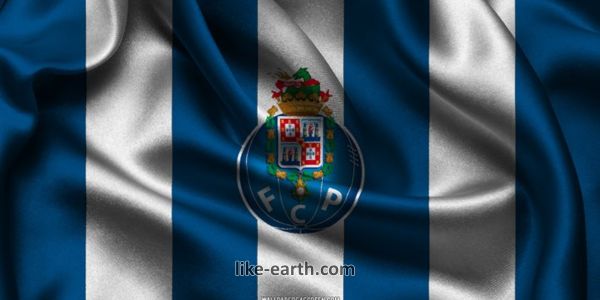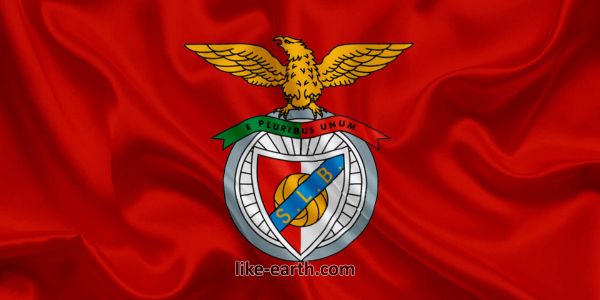Royal Symbols and Their Meanings

Understanding royal symbols and their meanings offers a deeper insight into how monarchies preserve tradition and authority through iconic imagery. These symbols carry historical, cultural, and political significance that has endured for centuries.
The Crown: Authority and Sovereignty
The crown is the most recognizable royal symbol. It represents the sovereign’s legitimacy and divine right to rule. Each monarchy has unique crowns, often adorned with rare jewels and specific designs symbolizing power and continuity.
The Royal Sceptre: Power and Justice
The sceptre is a ceremonial staff that signifies the monarch’s authority and duty to administer justice. In British coronations, the Sovereign’s Sceptre with Cross is used, emphasizing governance under divine guidance.
The Orb: Religious and Worldly Power
The orb, usually golden and topped with a cross, symbolizes the monarch’s role as a ruler under God’s law. It balances spiritual and earthly authority, reinforcing the sacred nature of kingship.
Royal Coats of Arms: Identity and Legacy
The coat of arms conveys the monarchy’s history, lineage, and values. It includes animals like lions or unicorns, each with symbolic meaning—strength, courage, or purity. Heraldic symbols reflect royal heritage and achievements.
The Throne: Rule and Governance
The throne is both a literal seat and a figurative symbol of monarchical rule. Phrases like “the throne declared” emphasize its central role in governance and national leadership.
Coronation Robes: Dignity and Ceremony
Coronation garments, including cloaks and tunics, symbolize dignity, honor, and tradition. Rich materials like ermine and velvet highlight the splendor and solemnity of royal authority.
Royal Standards: Presence and Protection
Flags such as the Royal Standard indicate the presence of the monarch. They also affirm national unity and the crown’s symbolic watch over its people, especially during official engagements.
Jewels and Regalia: Wealth and Prestige
Jewels in royal regalia—diamonds, sapphires, emeralds—signify wealth, status, and continuity. The Crown Jewels are closely guarded and represent centuries of national heritage.
Animals in Symbolism: Strength and Nobility
Animals like lions, eagles, and unicorns appear in royal crests and insignias. Each creature communicates values such as bravery, vigilance, or the divine nature of monarchy.
Architectural Symbols: Majesty and Permanence
Castles, palaces, and royal seals are enduring architectural symbols. These structures represent the strength and enduring presence of the monarchy across generations.
The Royal Signature: Authenticity and Authority
Documents bearing the royal seal or signature represent legal and ceremonial authority. It validates royal decrees and ties contemporary governance to historic continuity.
Modern Interpretation of Royal Symbols
While modern monarchies are often constitutional, these symbols remain important. They provide cultural identity and a sense of historical continuity that connects citizens to their past.
Symbolism Across Cultures
Though the British monarchy is the most prominent, many monarchies use similar symbols. From Japan’s Chrysanthemum Throne to Sweden’s royal regalia, symbols universally express sovereignty and tradition.
Why These Symbols Still Matter
Royal symbols offer stability and national pride. They bridge tradition and modernity, providing a ceremonial framework in times of celebration or mourning. Their meanings evolve but never lose relevance.
For more explorations into culture and royalty, visit our main site.
Join the discussion and stay updated through our official WhatsApp Channel. Royal Symbols and Their Meanings



